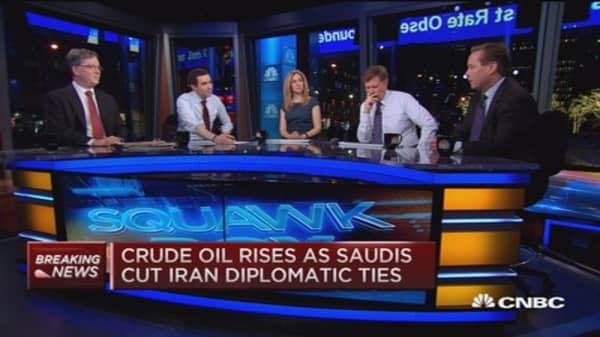I have always favored an expansive use of the U.S. Strategic Petroleum Reserve to use as a lever against the artificial oil supply constraints imposed on the world market by OPEC. The war on the U.S. economy has now flipped, with artificial oversupply drowning our great energy companies, costing more than 100,000 well-paying, highly-skilled jobs and other support jobs, in the process.
A number of things should be considered:
• Pay producers not to produce, but require them to keep their wells intact and ready to go, when prices invariably rise, just like we do to protect our farmers and agriculture industry.
• Provide other direct price supports for oil and gas producers for the proper capping of wells and laying down of rigs that preserves and ensures their future ability to return to service quickly.
• Provide loan guarantees to banks and other lenders, so that they can continue to fund the industry to help keep these strategically important businesses afloat.
• Amend the bankruptcy code to allow for expedited and special treatment of oil-producing assets, enabling them to be kept as whole as possible, so that their producing power and future potential is not lost for another generation.
• Give oil-patch workers enhanced unemployment benefits or temporary government jobs as caretakers of the oil fields, so that they do not lose their skill set and remain at-the-ready to fire up fallowed production.
• Enable the Interior or Energy Department to purchase parcels containing so-called drilled-but-uncompleted wells , so-called DUCs, which could act as a secondary Strategic Petroleum Reserve.








